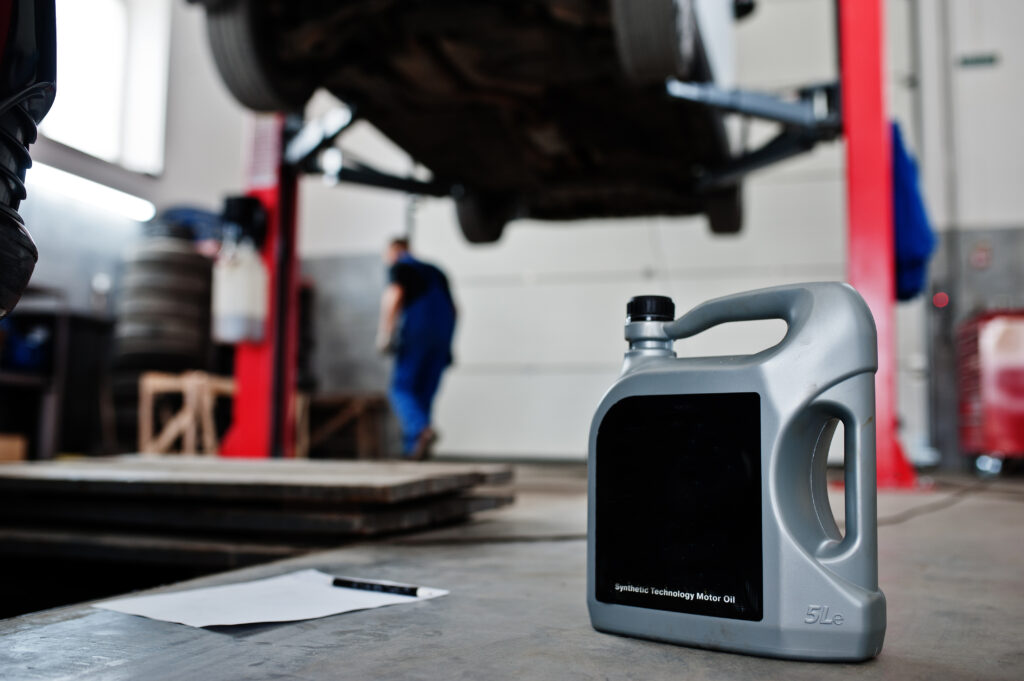
When you run an industry, you have to focus on intelligent management of resources. Rising energy prices, equipment maintenance, and workforce costs all add up quickly. If these areas are not carefully monitored, your profit margins will be reduced. Therefore, reducing operational costs is a necessity for long-term survival and growth.
You can adopt various practical ways to manage costs without affecting quality or performance. With the right approach, tools, and strategies, you can streamline processes, save money, and increase your overall efficiency. Let’s explore some of the most effective methods you can adopt to reduce operational costs.
Effective Methods for Industries to Reduce Operational Cost
Invest in Fuel Monitoring Systems
Fuel is one of the most consumed resources in industrial operations, especially in logistics, generators, and heavy machinery. By installing a reliable fuel monitoring system, you can track real-time fuel usage, detect wastage, and identify unauthorised consumption.
It not only prevents fuel theft but also helps you understand fuel efficiency patterns. With this information, you can take corrective actions, such as fixing faulty engines or training operators. Over time, these small changes can lead to massive savings. Moreover, automated fuel reports reduce manual errors and make budgeting more accurate and manageable.
Automate Repetitive Processes
Manual processes take time and can lead to human error. Automating routine tasks such as data entry, inventory tracking, and quality checks reduces the need for constant supervision and speeds up production. It also ensures consistency and better resource allocation.
For example, automated inventory systems can alert you when stocks run low, which helps you avoid over-ordering or delays. Robotic arms on the production line can improve accuracy and cut down on labour costs. Automation might require an initial investment. However, it pays for itself by cutting down long-term operational expenses.
Implement Energy-Efficient Practices
Energy bills are a major expense for any industry. One effective way to reduce costs is by switching to energy-efficient equipment and practices. It includes using LED lighting, installing motion sensors, and maintaining HVAC systems regularly. You can also conduct energy audits to identify areas where power is being wasted.
Training employees to switch off machines when not in use and optimising shift timings can also help a lot regarding this. Over time, these small adjustments not only save money but also reduce your carbon footprint, which makes your business more eco-friendly.
Perform Preventive Maintenance Regularly
Waiting until a machine breaks down can be expensive. Unexpected repairs not only cost more but also lead to downtime, which affects productivity. Preventive maintenance means servicing machines before they fail. It keeps your equipment running smoothly and extends its lifespan.
Regular inspections help catch issues early, which reduces the chances of major breakdowns. You can also keep a digital maintenance log to track service history. Though it may seem like an extra effort, preventive maintenance avoids costly disruptions and helps maintain consistent performance across your operations.
Outsource Non-Core Activities
Not every task needs to be handled in-house. Security, cleaning, IT support, and payroll can be outsourced to specialised service providers. It allows you to focus your energy and resources on core business functions like production, sales, and customer service.
Outsourcing is usually more cost-effective because it eliminates the need to hire full-time staff for these roles, train them, and provide employee benefits. Service providers bring in their own tools and expertise, which further reduces your operational burden and helps you scale efficiently without unnecessary expenses.
Train Employees for Multi-Tasking
When employees are trained to handle multiple roles, it increases flexibility in your workforce and reduces the need for hiring extra staff. Cross-trained employees can cover for absent colleagues or manage several tasks during slow periods. This not only boosts productivity but also improves employee satisfaction.
Regular training sessions and skill development workshops can go a long way in preparing your team for diverse responsibilities. With a more agile workforce, you can easily adapt to changes without dealing with extra costs.
Choose the Right Lubricants Supplier
Using the right lubricants is essential for machine efficiency and longevity. Choosing a reliable industrial lubricants supplier is equally important. A good supplier not only offers competitive pricing but also helps you select the right type of lubricant for your machinery, which prevents breakdowns and excessive wear.
Some suppliers offer bulk deals, technical support, and delivery services that save both time and money. Make sure your supplier provides high-quality, industry-grade products to avoid damage to your machines. When your machines run smoothly, you’ll face fewer repairs and enjoy better operational flow, which lowers overall costs.
Final Words
By following the aforementioned strategies, you can create a more efficient and cost-effective operation without compromising on quality or performance. Each step may seem small on its own, but together, they create a strong foundation for long-term savings and success.




